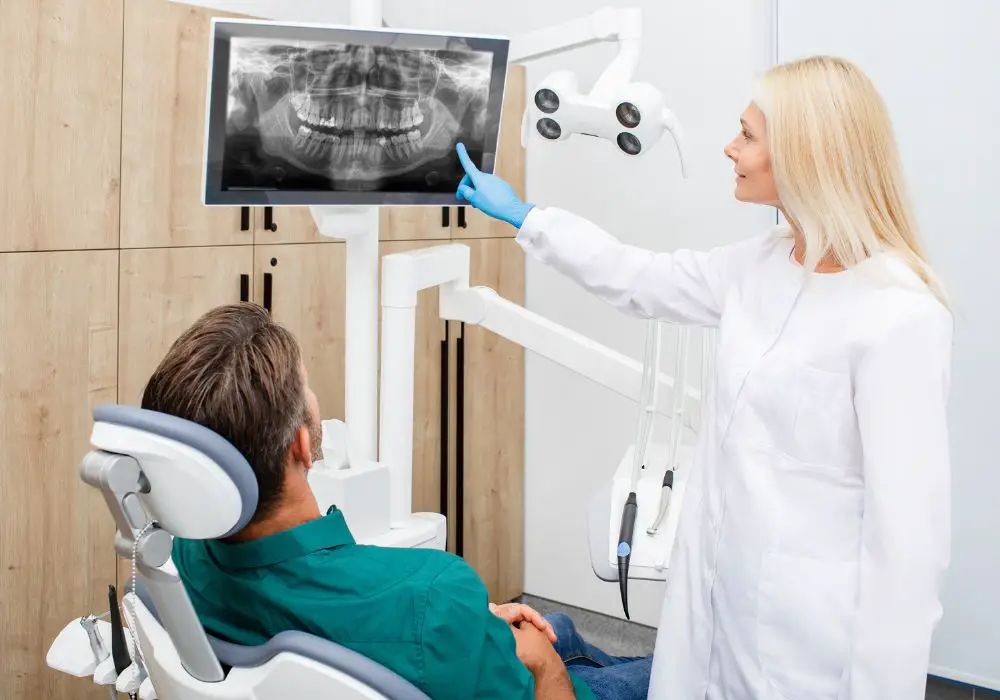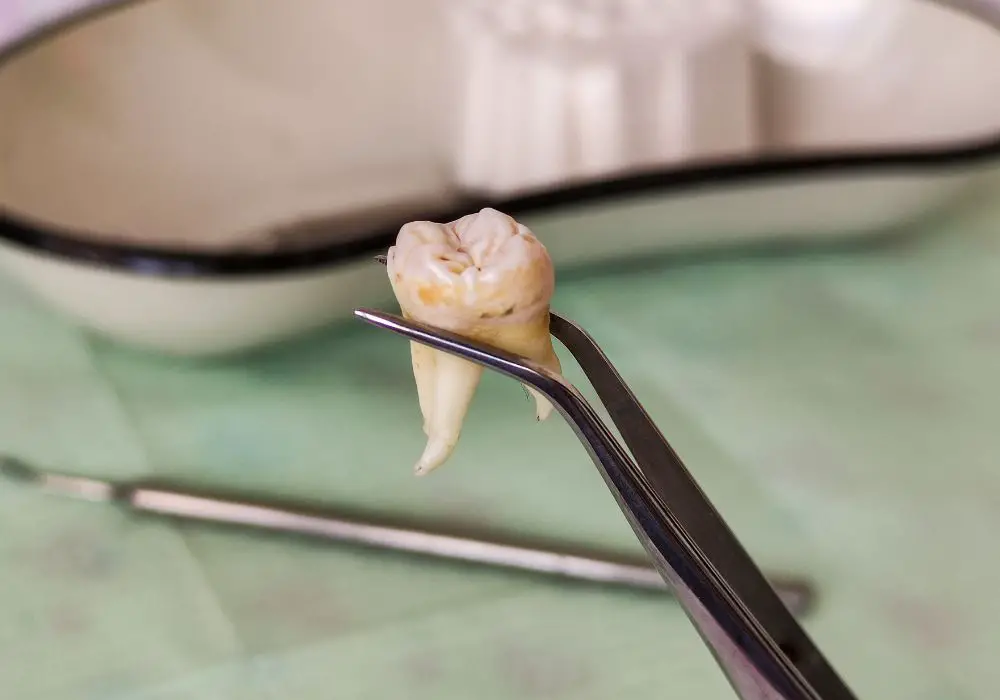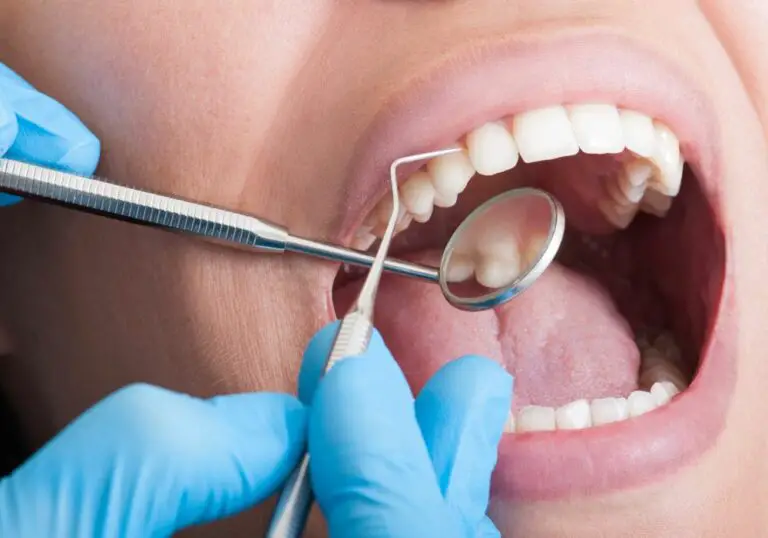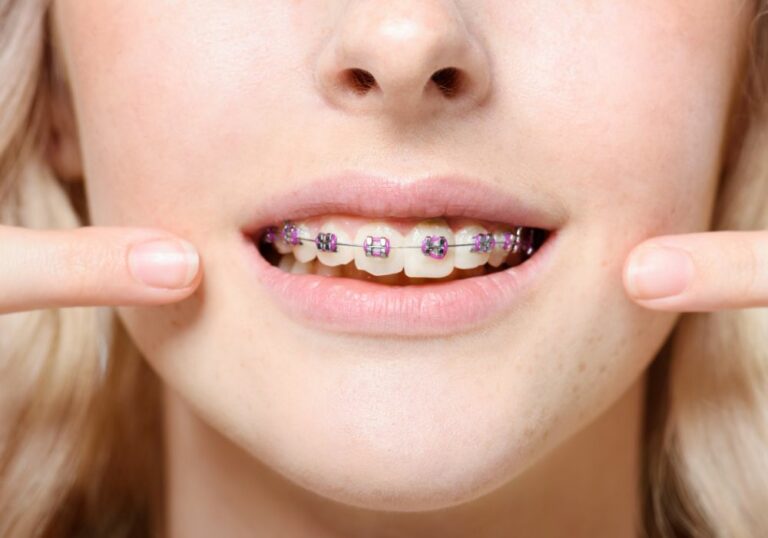The evolutionary origins of wisdom teeth
Wisdom teeth are medically known as third molars. They represent the last teeth in the human mouth to erupt, typically between the ages of 17 to 25 years old. That is why they are poetically referred to as “wisdom teeth”, since this age range coincides with the prime years where people accumulated wisdom in ancestral times.
These teeth are actually a remnant of human evolution. Our early human ancestors from 3 million years ago had larger jaws and coarser diets compared to modern day humans. Additional molars were advantageous to help grind fibrous foods and hard items like nuts and seeds. This allowed for improved digestion and nourishment.
Over time, gradually decreasing jaw size accompanied by softer foods rendered these teeth nonessential. Wisdom teeth now fail to properly erupt in most individuals due to insufficient space and changes in biting mechanics. They have truly earned their classification as vestigial structures.
The evolutionary trend of smaller jaws

The first major driver of reduced jaw size was the advent of agriculture approximately 10,000 years ago during the Neolithic Revolution. Pre-agricultural diets were extremely coarse and tough. They consisted heavily of wild fibrous vegetation, nuts, seeds, roots, and meats eaten straight from the bone.
Powerful jaw muscles and broad dental arches were needed to adequately grind and chew this coarse fare. The back third molars helped facilitate thorough mastication and digestion. Bone and teeth were continually worn down and regrown throughout life.
Agricultural crops such as cereals and grains introduced softer foods into early human diets. Porridges and gruels became widespread, requiring far less chewing forces. Analyses of skull remains before and after the agricultural transition reveal noticeable reductions in overall jaw prognathism (length). Dental crowding and malocclusion began soon after.
Accelerated shrinkage in modern eras
The Industrial Revolution within the past 200 years catalyzed an even more radical decline in jaw and tooth dimensions. Widespread consumption of processed flour, refined sugar, canned produce, and pre-prepared meals placed little wear and tear on teeth. contemporarily modern humans retain relatively the same tooth volume as ancestors, but jaw length has contracted significantly.
This evolutionary mismatch between “teeth too big and jaws too small” underlies the troublesome nature of wisdom teeth today. They simply lack room to align and function properly. Impaction and need for removal has skyrocketed in populations after adopting processed and softened foods.
High impaction rates
The contracted jaw space in modern humans explains why so many wisdom teeth become impacted or only partially erupt. Studies show at least one impacted wisdom tooth affecting 65% of people worldwide. According to radiographic research, the breakdown of impaction rates is as follows:
- Partial eruption – 38%
- Full bony impaction – 21%
- Soft tissue impaction – 5%
- Complete eruption – 31%
Partial eruption occurs when the wisdom tooth crown extends only part way through the gums, usually due to blockage from the second molar in front. Bony impaction is considered “full” when the tooth remains completely encased within the jawbone, covered with a flap of gum tissue. Soft tissue impaction is when the wisdom tooth is covered only by gum tissue and not bone.
The troubles of partial eruption
Partially erupted wisdom teeth seem to cause the most problems. The portion protruding through the gum tissues is very difficult to clean. Debris and bacteria easily accumulate in the soft space between the gums and crown. This breeds decay and infection.
Inflammation of the operative gum tissue around a partially erupted wisdom tooth is termed pericoronitis. It commonly results in pain, swollen lymph nodes under the jaw, inability to open the mouth, and pus discharge. The gum flap also hampers efforts to treat cavities forming on the exposed tooth surfaces.
Extracting partly erupted wisdom teeth is advisable due to these risks. Research shows around 2/3 of all wisdom teeth extractions are performed on partially erupted third molars. The top reasons for extraction of partially erupted wisdom teeth are recurrent infection and untreated tooth decay.
What can go wrong with impacted wisdom teeth

Impacted wisdom teeth seem prone to problems even if initially asymptomatic. Some key risks associated with retained impactions include:
Crowding and displacement
The effort of wisdom teeth to erupt can put pressure on the tooth in front (second molar). This can displace the molar forward, resulting in misalignment and crowding issues. There is also risk of the wisdom tooth gradually working itself into an abnormal upside down or sideways position if angled improperly.
Root resorption
Eruption pressure from below the gums can damage and destroy root structure of neighboring teeth. This unhealthy process termed root resorption weakens the impacted tooth over time as well. It can lead to loosening and eventual tooth loss. The second molars again are most susceptible.
Cysts and tumors
Fluid-filled cysts sometimes form surrounding impacted wisdom teeth. These cysts expand over time and destroy adjacent jawbone and roots. Benign tumors called odontomas can also rarely develop. Cysts may transform into malignant tumors on occasion.
Periodontal disease
Impacted wisdom teeth create pockets around themselves that can harbor bacteria. This fuels advancing gum disease and bone loss known as periodontitis. Tooth loss risk of second molars rises when inflammation goes untreated.
Decay
Partially erupted or impacted wisdom teeth are notoriously difficult to clean and maintain. Cavities easily take hold in the erupted portion and worsen beneath the gumline due to trapped food and bacteria. Unchecked decay is progressive and can spread infection into the jawbone.
Why we no longer need wisdom teeth
Given the high rate of impaction and risks posed by retained wisdom teeth, they have fittingly earned classification as vestigial organs. Vestigial means a structure that evolution has rendered largely nonfunctional and unnecessary. The fleshy human appendix and tailbone are examples – and now wisdom teeth join these ranks.
Some other reasons why wisdom teeth are no longer essential for most modern humans:
- Diets are much softer – less forceful grinding required during chewing
- Dental arch/jaw size decreased – insufficient room for another molar
- Nutrition is easily obtained from food choices – third molars do not improve digestion
- Tooth crowding creates other oral health issues – wisdom teeth may exacerbate this
- Dental hygiene is readily maintained without them – difficult for some to clean impacted teeth
- Mastication and smile aesthetics unaffected by wisdom teeth removal
- Oral health and function remains excellent throughout life without them
Extraction is preferable to impaction
Given that wisdom teeth are prone to impaction and associated problems, the consensus view among dentists and oral surgeons is to remove them prophylactically. Extraction is advisable for impacted wisdom teeth and in many cases non-impacted ones as well to prevent future issues.
The National Institutes of Health states up to 5 million wisdom teeth are extracted annually in the United States, with 90% of cases being prophylactic extraction of asymptomatic teeth. Some reasons for extraction:
Preventive – Remove possibility of cysts, infection, decay, or root damage to adjoining teeth
Existing Impaction – Clear out symptomatic teeth causing infection or crowding issues
Recurring Pericoronitis – Break the cycle of repeated infection and swelling
Untreatable Decay – Rear molars with decay often cannot be restored
Tooth Crowding – Create needed space in the dental arch
Orthodontics – Improve capacity for teeth alignment
Technological advances make extraction safer

Although wisdom tooth extraction was once an extremely painful and risky procedure, technological advances have now made it far safer and more tolerable. Some developments include:
- Anesthesia – Both local and intravenous anesthesia allows extraction without awake pain. Oral and maxillofacial surgeons are trained in sedation methods.
- Instrumentation – High-speed drills and advanced elevators minimize bone removal and trauma
- Medications – Antibiotics, pain relievers, and anti-inflammatories improve postoperative recovery
- Techniques – Smaller incisions, laser therapy, and precise surgery speed healing. Stitches often unnecessary.
These improvements mean wisdom tooth extraction is no longer the agonizing, weeks-long ordeal of decades past. While numbness, swelling, and mild pain can persist for days after, serious complications are rare when performed by trained oral surgeons.
Recovery period is now measured in weeks
With modern techniques and medications, wisdom tooth extraction is far less painful and recovery much faster. Most post-op discomfort can be managed effectively with over-the-counter analgesics. A timeline of typical recovery includes:
1-3 days – Potential swelling and bruising of cheeks, pain when chewing
3-5 days – Transition to soft foods, swelling decreasing, less pain
1-2 weeks – Swelling subsiding, return to normal brushing routine
2-3 weeks – Most swelling gone, stitches dissolved, resume normal activity
6 weeks – Complete boney healing achieved inside extraction sites
Proper postoperative care optimizes healing. Follow-up with an oral surgeon helps identify and treat any delayed healing or rare complications. With current techniques, recovery is measured in weeks rather than months.
Wisdom teeth are no longer essential
In summary, it is clear that wisdom teeth are evolutionary relics that now provide more hassle than benefit. They commonly remain impacted and prone to problems when retained. Extraction is a reasonably safe procedure with a short recovery time. Maintaining life-long dental function and health no longer requires these troublesome third molars.
Joining other useless vestigial organs like the appendix, wisdom teeth are simply out of place in the modern human mouth. The jaws of Homo sapiens have become too gracile and crowded to properly accommodate these leftover teeth from our primitive past. So with diets long softened and dental hygiene readily managed without them, the age of wisdom has ended for these molars that natural selection has rendered disposable.
Frequently Asked Questions
Q: Why are they called wisdom teeth if they cause problems?
A: The age of wisdom tooth eruption coincided with adulthood in ancient cultures. Their name is ironic now because they often require removal to prevent issues.
Q: Do wisdom teeth affect other teeth?
A: Yes, impacts can displace adjacent molars causing crowding or damage roots. Decay and periodontal disease easily spreads from wisdom teeth as well.
Q: How do they remove impacted wisdom teeth?
A: Oral surgeons utilize drills and dental instruments to section and remove impacted teeth. Some bone may be removed and gum flaps opened for access.
Q: How long does wisdom tooth extraction recovery take?
A: With current techniques, recovery takes around 1-3 weeks for mild pain and swelling to subside. Complete healing inside takes approximately 6 weeks.
Q: Can wisdom teeth be left in if no problems yet?
A: Non-impacted wisdom teeth may be monitored if space allows. However, preventative extraction is often advised to avoid future impaction issues or decay.







